The next iteration of the legendary Ecotech Radion reef aquarium light is (almost) here! The 5th generation of the highly regarded powerhouse of a fixture is perhaps Ecotech’s most ambitious leap forward since the G1 saw the light of day back in 2011. Throughout the years, we got accustomed to the basic Radion formula of two circular clusters of LEDs mirroring the centrally located fan and each new generation’s upgrades were based upon that common design. The G5, on the other hand, introduces a completely revamped look and functionality, from the inside out, top and bottom. Where to start?
Well, just look at it: a completely new, continuous LED array with a massive amount of LED emitters arranged closely together in a honeycomb pattern -102 total for the larger XR30w models and up to 56 for the smaller XR15w models (nomenclature and form factors remain virtually unchanged from previous generations). I will talk more about this new LED chip later, but let’s first jump to the next major update on the side of the light facing your corals- the optics.
Generation 4 saw the introduction of HEI (Hemispherical Edge Illumination) lenses that, combined with the later introduced diffuser, virtually eliminated the eye strain-inducing shimmer while greatly improving the uniformity and spread of the light produced by the LED emitters they covered. Therefore, it only made sense for Ecotech to improve upon this design and so they did- the new HEI 2 cluster, while identical in individual lens shape and geometry, introduces a nano-coating of the sort that provides greater diffusion at the base level. That being said, the auxiliary diffusers introduced in the previous generation of Radions are coming back, redesigned for G5s and offered as an accessory.
“What are all these changes in LED array and lens design for?” you may ask, and the answer is always the same- better and more uniform light spread. Ecotech exited the PAR numbers game a long time ago; in fact, the peak PAR levels have been decreasing for each new iteration of Radions since Gen 3, and Gen 5 continues that trend. After all, reaching unreasonable PAR numbers has been proven to yield no benefit to the coral, but instead, it’s the light source color spectrum and how good that source is at directing the light it produces towards the animal feeding (indirectly) on its photon energy. In other words, the better the LED light fixture is at distributing the mixed wavelengths of light emitted by its LED chips, the happier the home reef inhabitants relying on it are. The advertised PAR distribution graph of radion G5 Pro is indeed very promising, with peak PAR levels spread over a significantly larger area compared to previous Radions. Look at the visual representation below of the G5 PAR distribution, in comparison to that of G4s and G3s. I like reading about volcanos so I’ll give you a volcano analogy- while the G3 graph is like Mt Fuji in Japan, the G4 will be Mt. Rainier and the G5 is a straight-up Hawaiian shield volcano.
The first thing anyone familiar with the radion lineup notices when looking at the underside of the G5 is the lack of a fan in the center, and that’s because it migrated to the top of the unit. Instead of using the over the counter computer case style fan as in previous Radions, the G5 fan is designed from scratch by Ecotech engineers. Featuring a conically shaped, fused-blade rotor designed to blend seamlessly with the light’s top cover, the new fan promises largely improved cooling capabilities and near noiseless operation. Paired with this fan is a completely revamped heatsink engineered to dissipate any excess heat produced by the LED chips via its numerous channels and out through the light side vents.
One thing to notice is that because the fan is now on top of the light, you won’t be able to use the existing RMS system out of the box, but Ecotech, being a company known for cross-compatibility of their products, engineered a workaround in form of a new bracket that goes over the RMS arm , so you will only need that part to be able to use existing mounts.
Now let’s talk about the most crucial new tech G5 brings- the LED chips. We already know there’s a whole lot of them packed close together, thanks to the newest chip architecture, but how are they divided between colors? It depends on the model and just like in the earlier generation, there are two different models for each size, but this time around they are much more exciting. Previously, we got the standard xr15w/xr30w and the xr15w/xr30W Pro that was slightly more powerful with a wider selection of emitters used. This fifth generation of radion brings two distinctive models, the Pro and the Blue. Here’s a spreadsheet of LED quantity and distribution between the different models:
In terms of LED choice and color spectrum, the PRO and Blue models are quite different and for the first time in radion history, we can distinguish them almost like two different lights. While the Pro model represents more of a natural evolution to the G4s Pro (if you take into account the almost-double LED count), the G5 Blue is a highly specific lighting tool designed for reefers that prefer the blue side of the spectrum.
The LED array in the Blue was designed based on Ecotech’s Corallab AB+ spectrum program that has a huge following amongst radion owners and coral propagation farms. That includes me; I think AB+ is an excellent lighting schedule- it certainly grows corals and helps them color up nicely, but it’s also really pleasant to the eye. Not too blue, but just blue enough to enhance fluorescence in corals. What makes the difference in G5 Blue is, obviously, the emitters- both Pro and Blue xr30w have a total of 100 of them plus two moonlight diodes, spread across a whopping 10 channels of control, but the latter reduces the number of Cool white LEDs to just 6 (vs 24 in xr30w Pro) and ditches the Warm White channel entirely. It also replaces the Green emitters with Lime and adds 10 Cyan LEDs to add even more to the blue side of the spectrum. Now you really got my attention Ecotech!
What else? There is a new Moonlight channel represented by two centrally located emitters (that larger blue circle in the above graphic) and the earlier-mentioned diffuser comes back to the new generation as an optional accessory.
Then Mobius. You may have heard about it, but in case you didn’t, it’s basically Ecotech’s new cloud-based and mobile platform that replaces (finally!) Reeflink. Each new radion comes with an integrated multi-band module that allows communication between the different Ecotech products wirelessly via Bluetooth, Wi-Fi, and the company’s proprietary protocol. In fact, every Ecotech product manufactured after February 2017 has this module already built in, so there are a lot of devices already on the market that will benefit from the Mobius platform. Check out my Ecotech MACNA 2019 Coverage for more details about Mobius.
At the moment, Mobius phone app (available for Android and iOS devices) syncs with the new Versa Pump and radion G5 (when it comes out) with more devices coming to the platform in the near future.
What do I think about radion G5? I am a reef aquarium technology nerd so naturally, I can’t wait to get one and feature it in a Definitive Review. Meanwhile, if you are as excited to try it as I am, you can pre-order it at any major online aquarium store, with an estimated shipping date of February 24th, 2020.
Stay tuned and as always, thank you for reading.

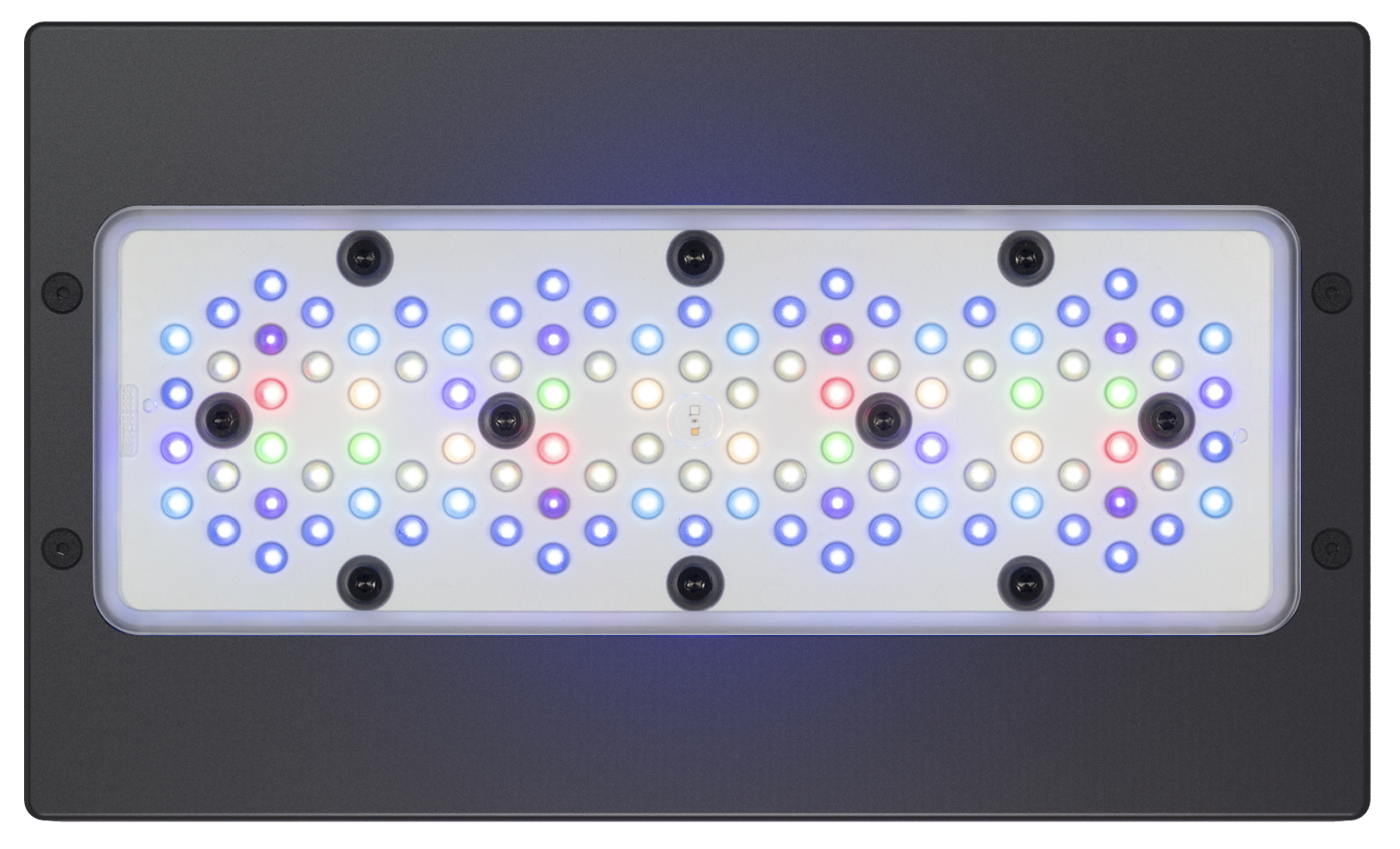
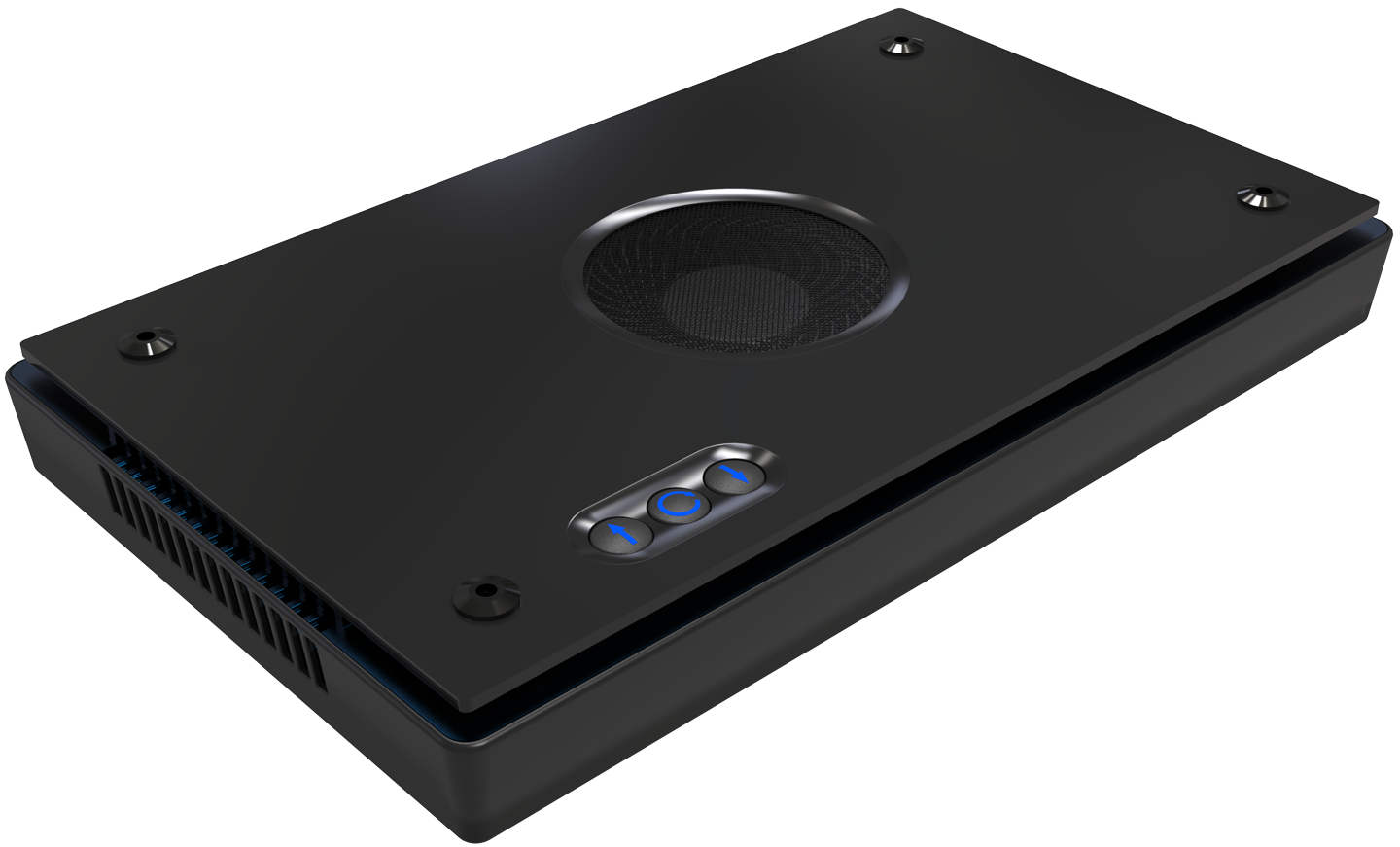

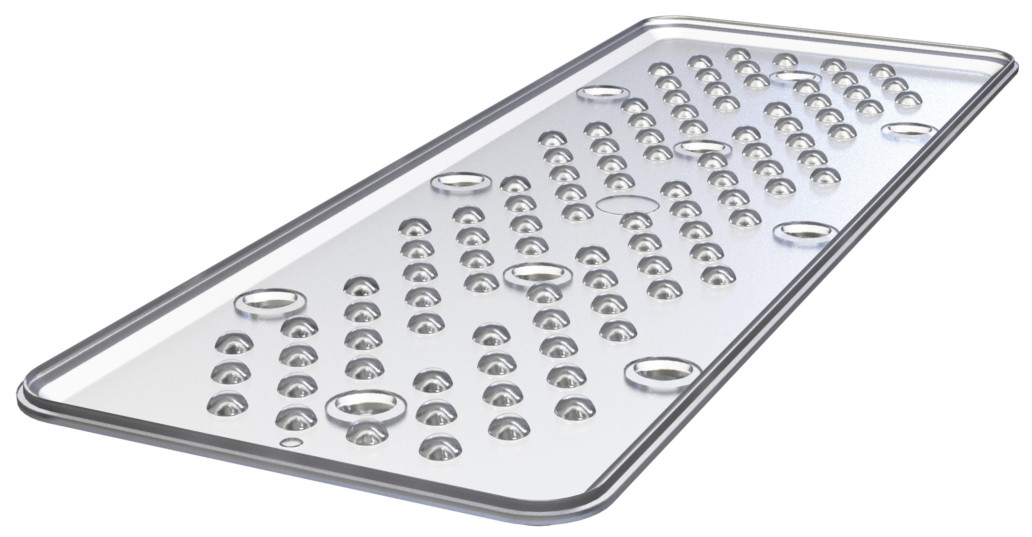
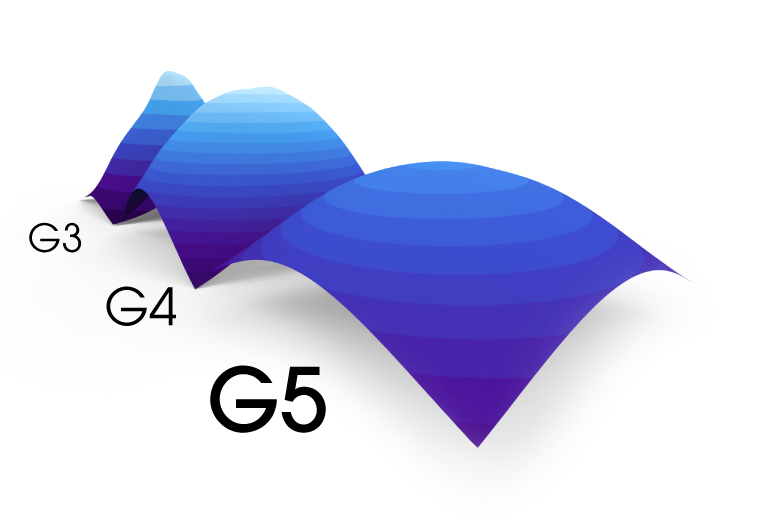
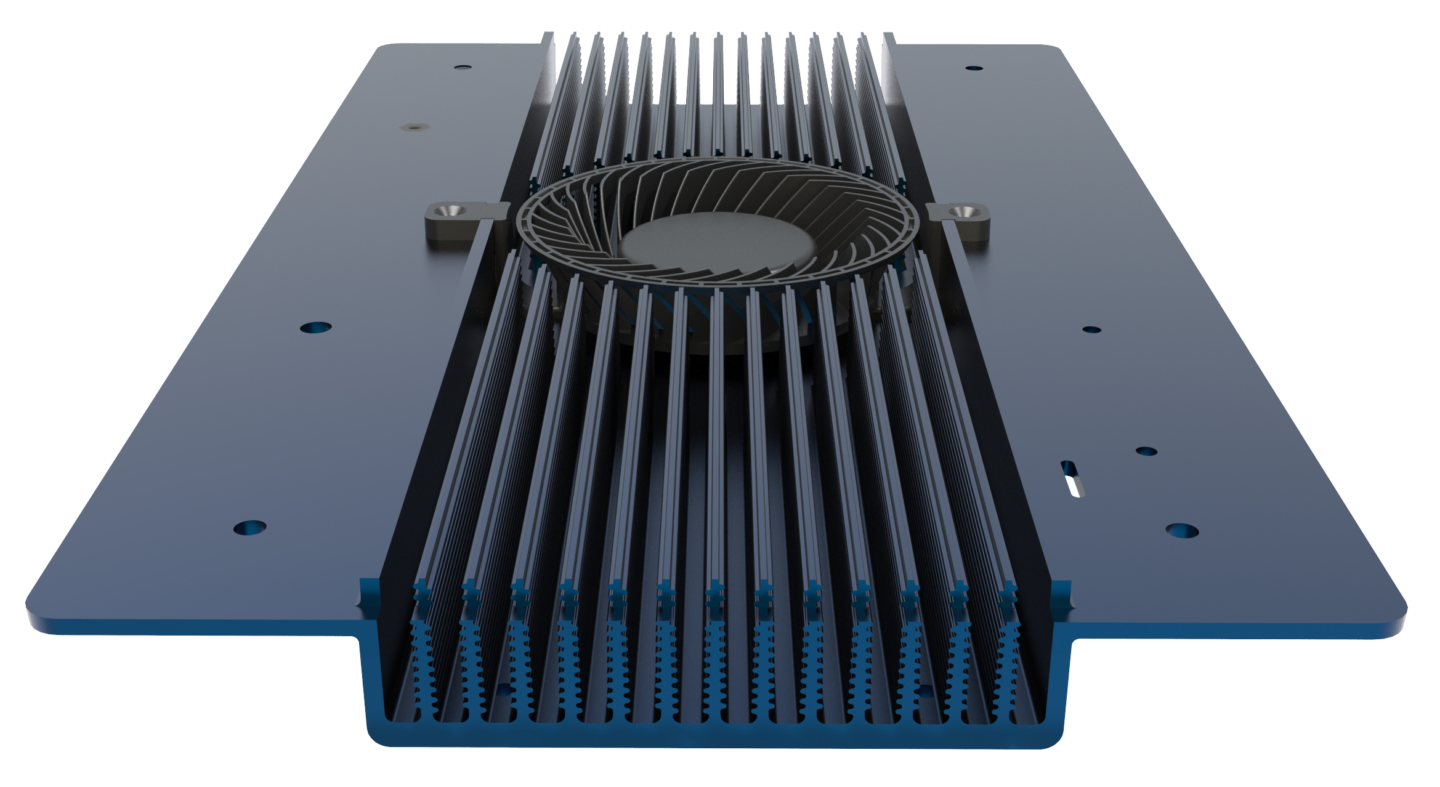
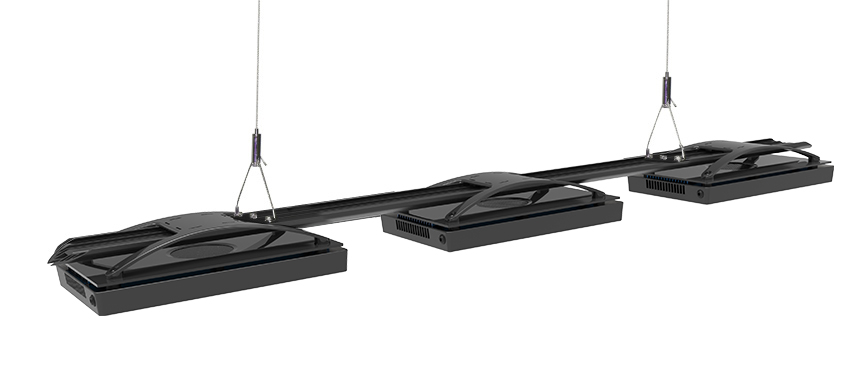
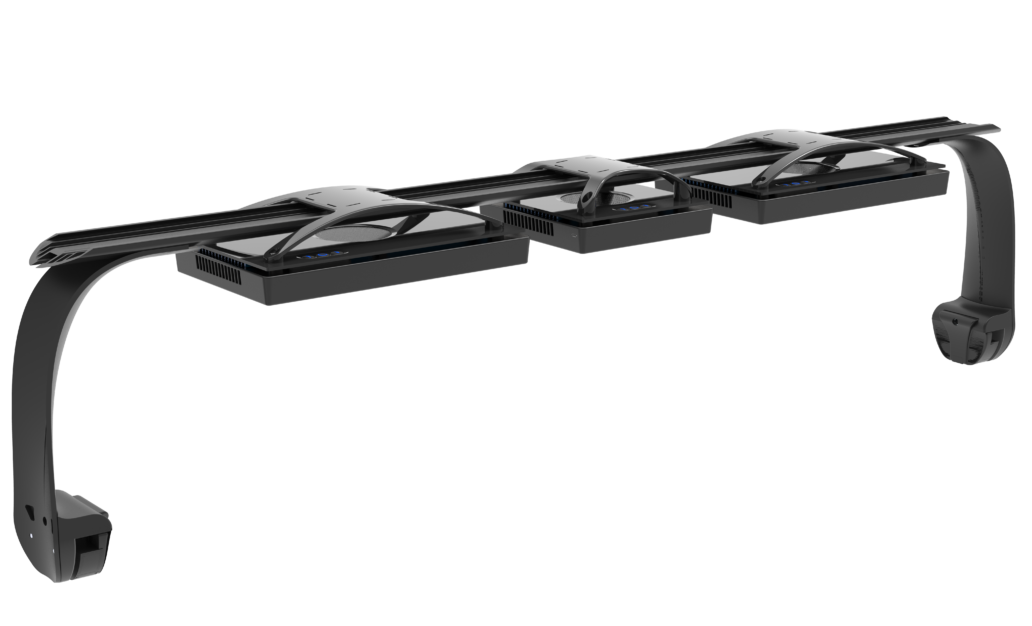
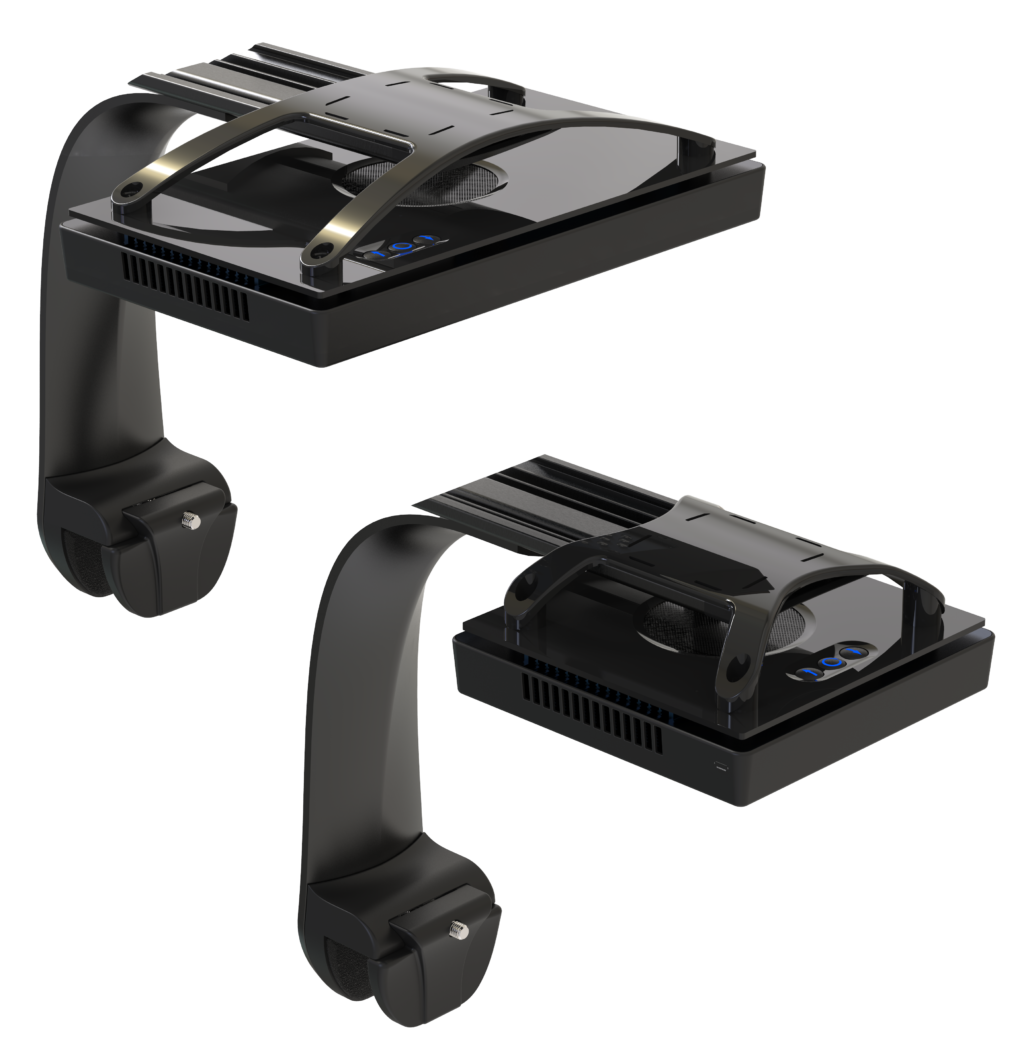

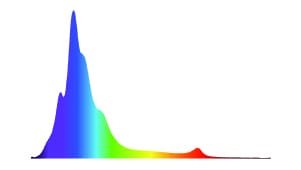
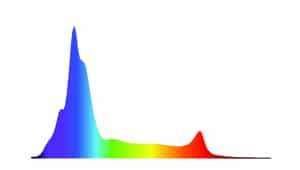
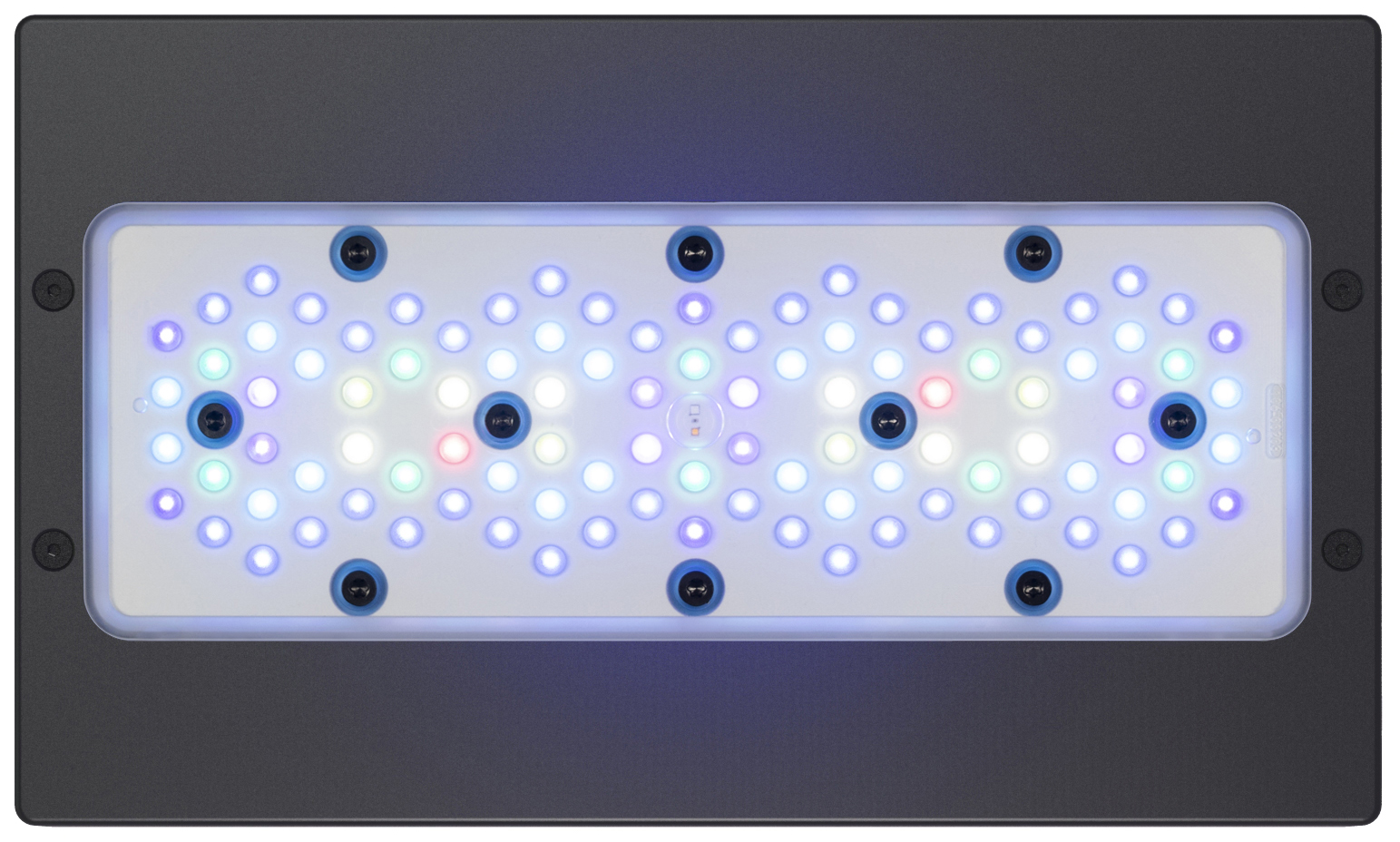
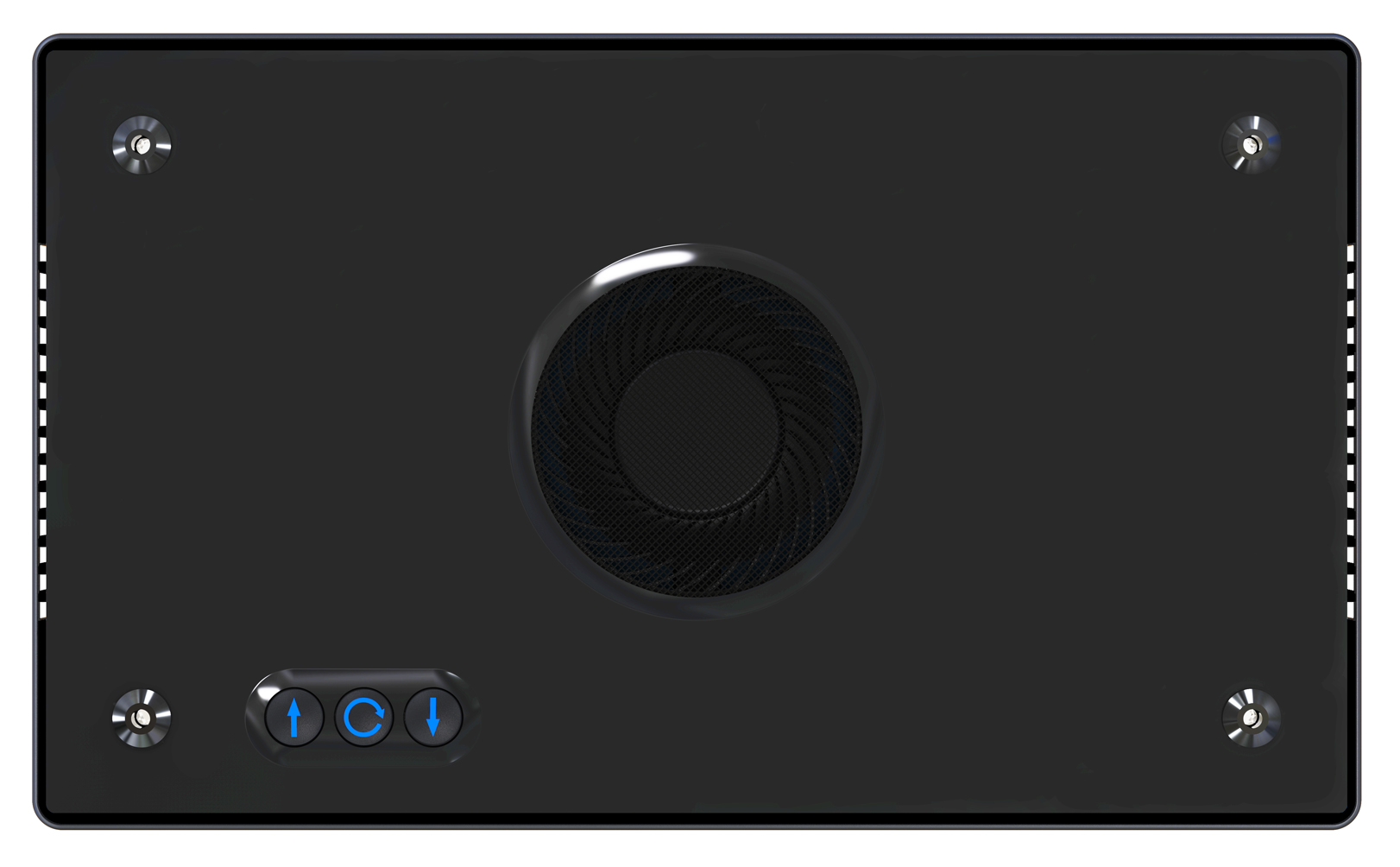
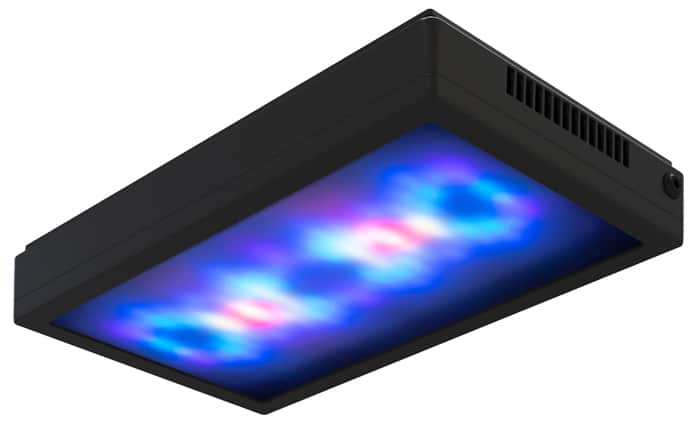


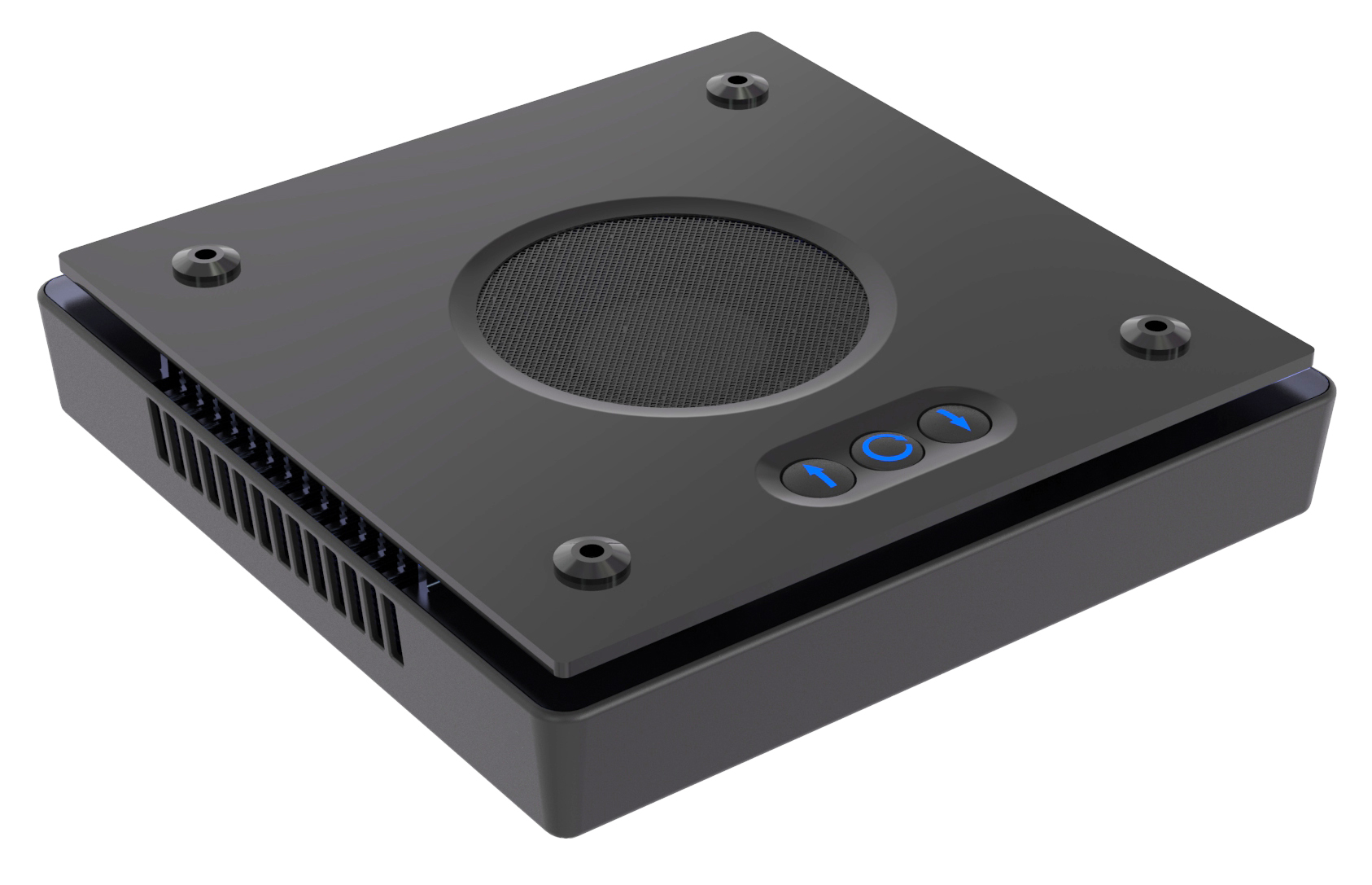
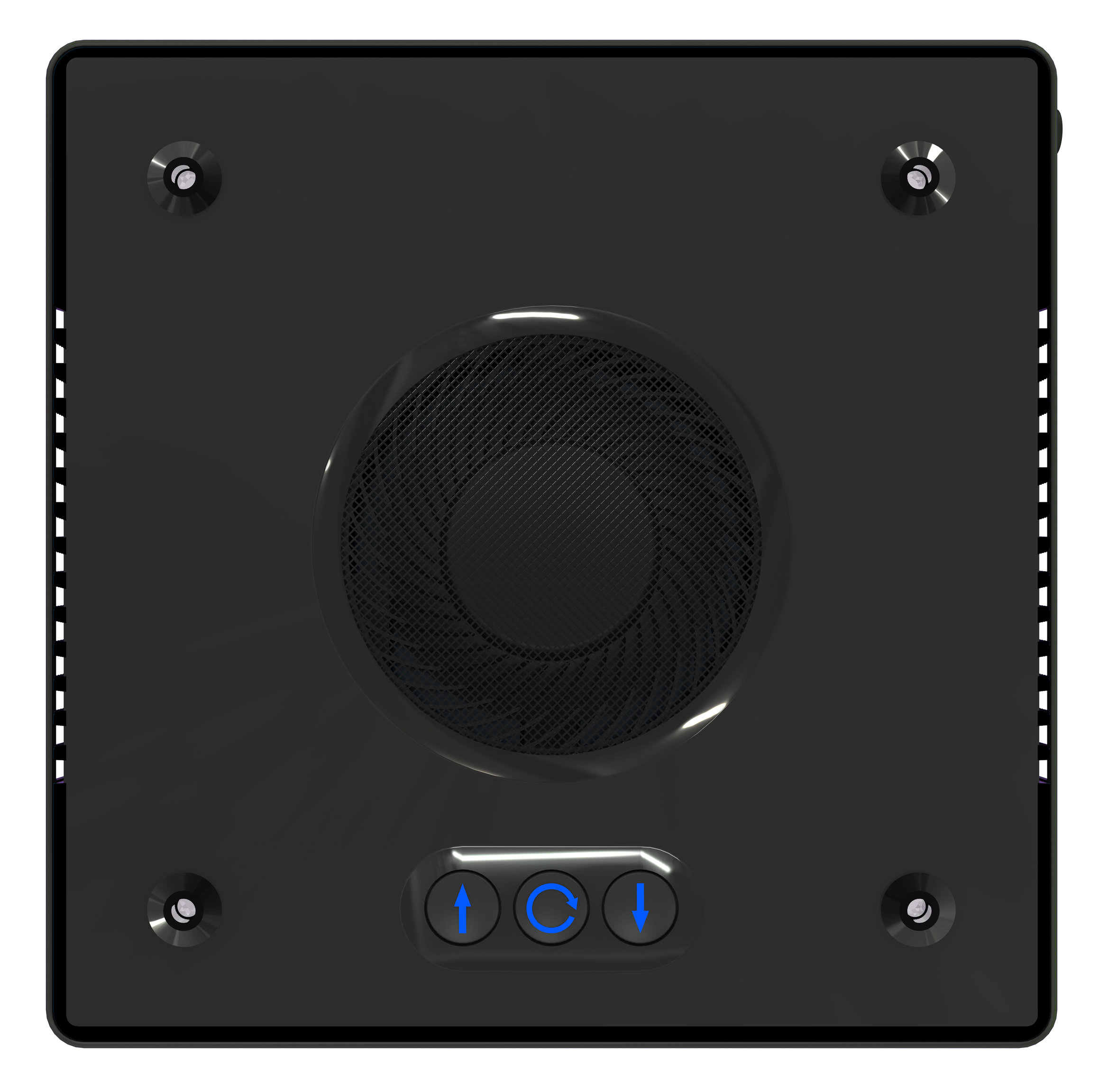








0 Comments